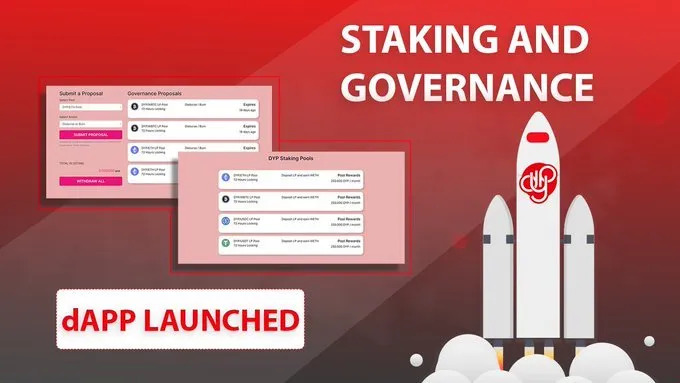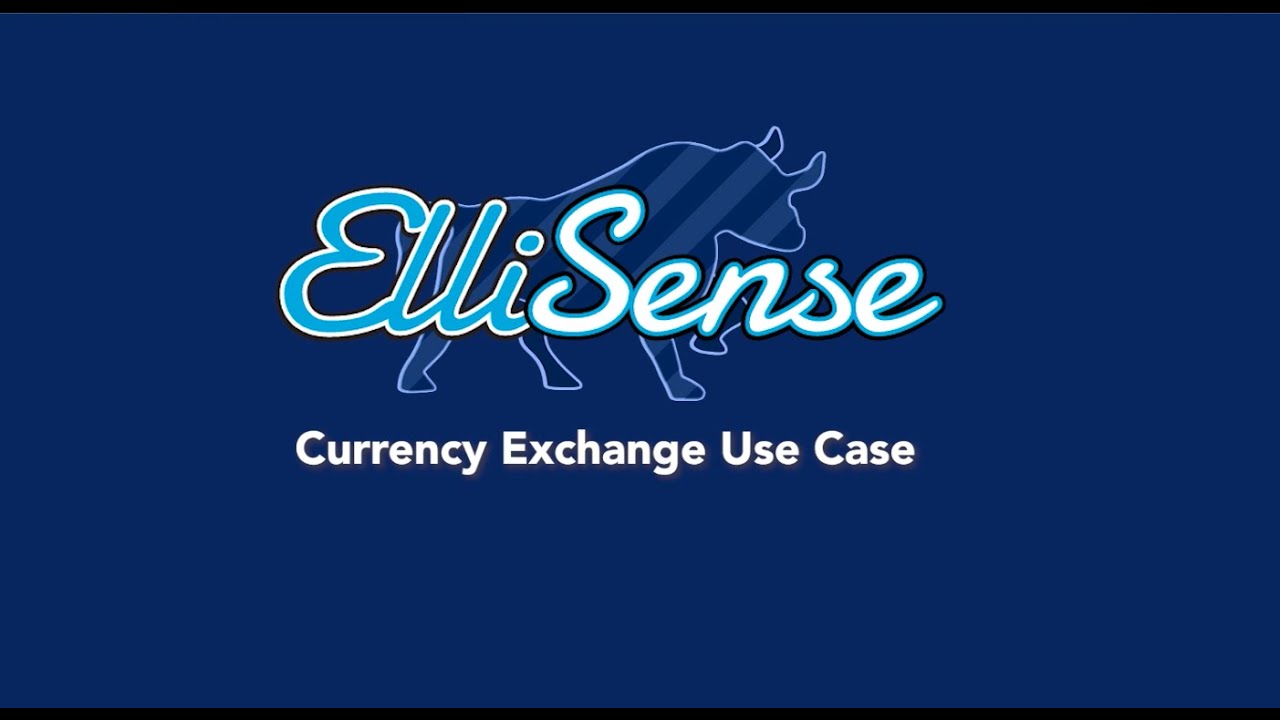Legacy banks should learn about staking and DeFi or risk extinction
Legacy banks that embrace staking and DeFi or risk extinction will be better positioned to compete in the future financial landscape.

Staking and decentralized finance (DeFi) are two of the most important trends in the cryptocurrency industry. Staking is a process of locking up cryptocurrency to help secure a blockchain network and earn rewards. DeFi or risk extinction is a financial system that is built on blockchain technology and does not require intermediaries like banks.
Legacy banks are facing increasing competition from cryptocurrency startups and DeFi protocols. These startups and protocols are offering innovative financial products and services that are more efficient and less expensive than traditional banking services.
Legacy banks?need to learn about staking and DeFi in order to remain competitive. By offering staking and DeFi products and services, legacy banks can attract new customers and retain existing ones. Additionally, legacy banks can use staking and DeFi or risk extinction to improve their own operations and reduce costs.
What is staking?
Staking is a process of locking up cryptocurrency to help secure a blockchain network and earn rewards. Stakers are rewarded for helping to validate transactions and maintain the security of the network.
Staking is a relatively new concept, but it has quickly become one of the most popular ways to earn income from cryptocurrency. There are a number of different blockchains that support staking, including Ethereum, Cardano, and Tezos.
What is DeFi?
Decentralized finance (DeFi) is a financial system that is built on blockchain technology and does not require intermediaries like banks. DeFi protocols allow users to borrow, lend, trade, and invest cryptocurrency without having to go through a bank.
DeFi is still in its early stages of development, but it has the potential to revolutionize the financial industry. DeFi protocols are more efficient and less expensive than traditional banking services. Additionally, DeFi protocols are more transparent and accessible to everyone.
Why should legacy banks learn about staking and DeFi?
Legacy banks are facing increasing competition from cryptocurrency startups and DeFi protocols. These startups and protocols are offering innovative financial products and services that are more efficient and less expensive than traditional banking services.
Legacy banks need to learn about staking and DeFi in order to remain competitive. By offering staking and DeFi products and services, legacy banks can attract new customers and retain existing ones. Additionally, legacy banks can use staking and DeFi to improve their own operations and reduce costs.
How can legacy banks learn about staking and DeFi?
There are a number of ways that legacy banks can learn about staking and DeFi. One way is to partner with cryptocurrency startups and DeFi protocols. This would allow legacy banks to offer staking and DeFi products and services to their customers without having to develop their own infrastructure.
Another way for legacy banks to learn about staking and DeFi is to invest in cryptocurrency startups and DeFi protocols. This would give legacy banks exposure to the latest trends in the cryptocurrency industry and help them to develop their own staking and DeFi products and services.
Finally, legacy banks can learn about staking and DeFi by conducting their own research and development. This would allow legacy banks to develop a deep understanding of staking and DeFi and to build their own staking and DeFi or risk extinction infrastructure.
Legacy banks need to learn about staking and DeFi in order to remain competitive. By offering staking and DeFi products and services, legacy banks can attract new customers and retain existing ones. Additionally, legacy banks can use staking and DeFi to improve their own operations and reduce costs.
Here are some specific examples of how legacy banks can use staking and DeFi:
- Offer staking products to customers: Legacy banks can offer their customers the ability to stake their cryptocurrency holdings. This would allow customers to earn passive income on their cryptocurrency holdings without having to sell them.
- Use staking to improve their own operations: Legacy banks can use staking to improve their own operations and reduce costs. For example, legacy banks can use staking to validate transactions and maintain the security of their own blockchain networks.
- Offer DeFi products to customers: Legacy banks can offer their customers the ability to access DeFi protocols. This would allow customers to borrow, lend, trade, and invest cryptocurrency without having to go through a bank.
- Use DeFi to improve their own operations: Legacy banks can use DeFi to improve their own operations and reduce costs. For example, legacy banks can use DeFi to borrow cryptocurrency to fund their operations or to invest in other cryptocurrency projects.
Legacy banks that embrace staking and DeFi will be better positioned to compete in the future financial landscape.
What's Your Reaction?















